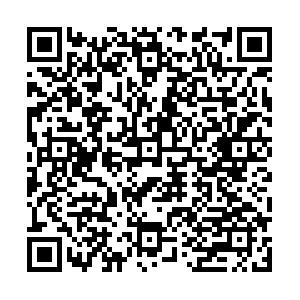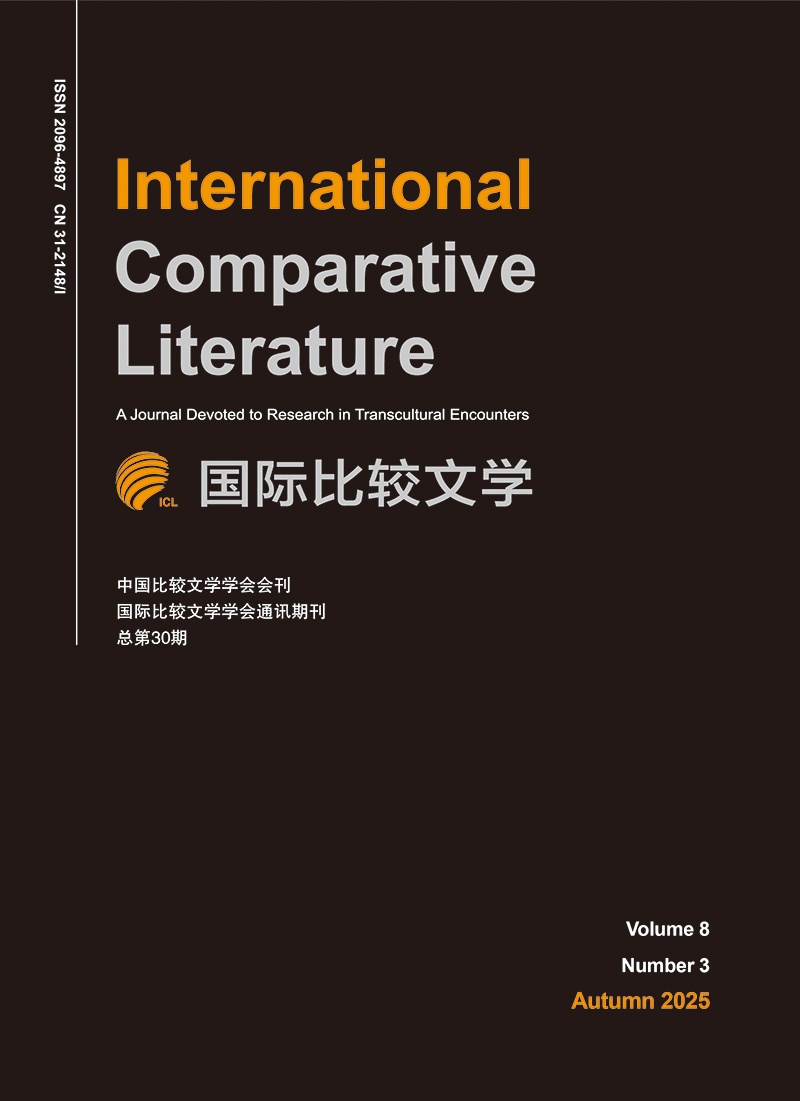|
[1]
|
Bal M.Narratology:Introduction to the Theory of Narrative(3rd edition).Toronto:University of Toronto Press,1997.
|
|
[2]
|
Chatman,S.Coming to Terms:The Rhetoric of Narrative in Fiction and Film.Ithaca&London:Cornell University Press,1990.
|
|
[3]
|
Gaudreault,A.and Jost,F.Le récit cinématographique:film et séries télévisées(Film Narratology:Film and TVSeries).Paris:Armand Colin,2017.
|
|
[4]
|
Laffay,A.Logique du Cinéma:Création et Spectacle(The Logic of the movies:Creation and Performance).Paris:Mason,1964.
|
|
[5]
|
Lanser,S.S.Fictions of Authority:Women Writers and Narrative Voice.Ithaca and London:Cornell University,1992.
|
|
[6]
|
Marie-Laure Ryan.“Cyberage Narratology:Computer,Metaphor,and Narrative”,see David Herman ed.,Narratologies:New Perspectives on Narrative Analysis.Columbus:Ohio State University Press,1996,117.
|
|
[7]
|
Scholes,R.,Phelan,J.and Kellogg R.The Nature of Narrative(fortieth anniversary edition,Revised and expanded).New York:Oxford University Press,2006.
|
|
[8]
|
(法)布尔迪厄、华康德:《反思社会学导引》,李猛,李康译,商务印书馆,2005年。[Bourdieu,P.and Wacquant L.Fansi shehuixue daoyin(An Invitation to Reflexive Sociology).Translated by LIMeng and Li Kang.Beijing:The Commercial Press,2005.]
|
|
[9]
|
(德)胡塞尔:《逻辑研究》(第二卷第一部分),倪梁康译,北京:商务印书馆,2015年。[Husserl,E.Luoji yanjiu,dierjuan diyibufen(Logical Investigations),Volume 2,Part 1.Translated by NI Liangkang.Beijing:Commercial Press,2015.]
|
|
[10]
|
胡一伟:《论戏剧演出的三类伴随文本》,《四川戏剧》2018年第6期,第15-20页。[HU Yiwei.“Lun xiju yanchu de sanlei bansui wenben”(On the Three Types of Accompanying Texts in Dramatic Performance).Sichuan xiju(Sichuan Drama)6(2018):15;20.]
|
|
[11]
|
刘云舟:《电影叙事学研究》,北京:北京联合出版公司,2014年。[LIU Yunzhou.Dianying xushixue yanjiu(Research on Film Narrative).Beijing:Beijing United Publishing Co.,Ltd.,2014.]
|
|
[12]
|
麦茨:《电影表意泛论》,崔君衍译,北京:商务印书馆,2018年。[Metz,C.Dianying biaoyi fanlun(A General Discussion on the Meaning of Movies).Translated by CUI Junyan.Beijing:The Commercial Press,2018.]
|
|
[13]
|
倪梁康:《胡塞尔现象学概念通释》,北京:生活·读书·新知三联书店,2007年。[NI Liangkang.Huseer xianxiangxue gainian tongshi(General Explanation of Husserl’s Phenomenological Concepts).Beijing:SDX Joint Publishing Company,2007.]
|
|
[14]
|
(美)浦安迪,Andrew H.:《中国叙事学》,北京:北京大学出版社,1996年。[Plaks Andrew H.Zhongguo xushixue[Chinese Narrative Studies].Beijing:Peking University Press,1996.]
|
|
[15]
|
(丹)萨哈维,D.《〈逻辑研究〉中的形而上学中立性》,段丽真译,见靳希平、王庆节等编:《中国现象学与哲学评论——现象学在中国:胡塞尔〈逻辑研究〉发表一百周年国际会议特辑》,上海:上海译文出版社,2003年,第161页。[Sahavi,D.“‘Luoji yanjiu’zhong de xingershangxue zhonglixing”(“Metaphysical Neutrality in Logical Investigations”).Translated by DUAN Lizhen.Edited by JIN Xiping,WANG Qingjie et al.In Chinese Phenomenology and Philosophical Review——Phenomenology in China:Special Edition of the International Conference on the 100th Anniversary of Husserl’s Logical Investigations.Shanghai:Shanghai Translation Publishing House,2003,161.]
|
|
[16]
|
苏永旭:《导演文本:戏剧叙事学研究不可忽略的重要的“中间转换形式”及其理论归宿》,《河南教育学院学报》(哲学社会科学版)1999年第2期,第8-10页。[SU Yongxu.“Daoyan wenben:xiju xushixue yanjiu buke hulue de zhongyao de‘zhongjianzhuanhuan xingshi’jiqi lilun guishu”(Director’s Text:An Important“Intermediate Transformation Form”and Its Theoretical Destination that cannot be Neglected in the Study of Dramatic Narrative).Henan jiaoyu xueyuan xuebao(Journal of Henan Institute of Education(Philosophy and Social Sciences Edition) 2(1999):8-10.]
|
|
[17]
|
王志敏:“中译版序言:麦茨论”,见克里斯蒂安·麦茨:《想象的能指》,王志敏译,北京:中国广播电视出版社,2006年。[WANG Zhimin.“Zhongyiban xuyan:Maici lun”(Preface to the Chinese Translation:On Metz).Metz,C.Xiangxiang de nengzhi(Imaginary Signifier).Translated by WANG Zhimin.Bei jing:China Radio and Television Publishing House,2006.]
|
|
[18]
|
吴文科:《曲艺综论》,北京:北京时代华文书局,2015年。[WU Wenke.Quyi zonglun(Comprehensive Research on Quyi),Beijing:Beijing Times Chinese Bookstore,2015.]
|
|
[19]
|
(意)伊拉姆,Keir:《符号学与戏剧理论》,王坤译,台北:骆驼出版社,1998年。[Ilam,Keir.Fuhaoxue yu xiju lilun(The Semiotics of Theatre and Drama).Translated by WANG Kun.Taipei:Camel Publishing House,1998.]
|
|
[20]
|
袁国兴:《非文本中心叙事:京剧的“述演”研究》,广州:广东人民出版社,2013年。[YUAN Guoxing.Fei wenben zhongxing xushi:jingju de“shuyan”yanjiu(Non-Text Centered Narration:A Study of the“Narrative Performance”of Beijing Opera).Guangzhou:Guangdong People's Publishing House,2013.]
|
|
[21]
|
赵毅衡:《广义叙述学》,成都:四川大学出版社,2013年。[ZHAO Yiheng.Guangyi xushuxue(A Generalized Narratology).Chengdu:Sichuan University Press,2013.]
|
|
[22]
|
——:《演示叙述:一个符号学分析》,《文学评论》2013年第1期,第139-144页。[——.“Yanshi xushu:yige fuhaoxue fenxi”(Demonstrating Narration:A Semiotic Analysis).Wenxue pinglun(Comments on Literature) 1(2013):139-44.]
|

 点击查看大图
点击查看大图



 下载:
下载:

